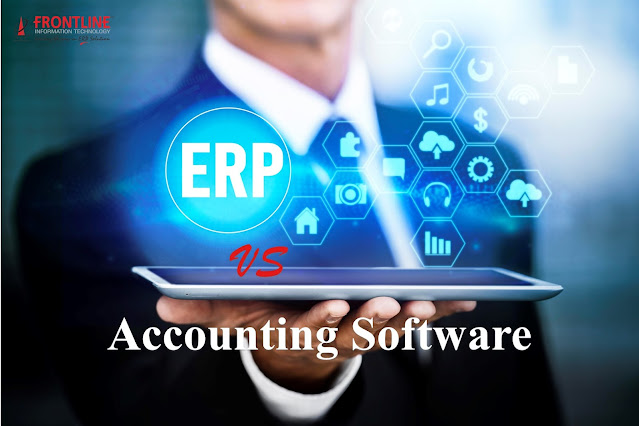SaaS vs. Traditional ERP: Five Key Differences
The beauty of modern ERP
packages is that you have options to choose from during your ERP software
selection. You can either deploy a solution by hosting it internally on your
own servers (“traditional ERP”) or perhaps you would rather not deal with the
software and have it hosted somewhere else (“Software As A Service” or “SaaS”).
As part of your ERP selection process, however, you should be aware of five key
variables that will ultimately factor into the decision that is right for you.
1. Simplicity. In general, SaaS
is simpler to deploy from a technical perspective. Because you don’t need to
purchase additional servers or physically install the software for yourself, it
can be an easy and quick means of deploying the software. On the other hand,
the high level of technical ease may create additional business complexities
that you may not otherwise experience with traditional ERP (see #2 below).
2. Flexibility. Because
traditional ERP is installed on your servers and you actually own the software,
you can do with it as you please. You may decide to customize it, integrate it
with other software, etc. Although any ERP software will allow you to configure
and set-up the software the way you would like, SaaS is generally less flexible
than traditional ERP in that you can’t completely customize or rewrite the
software. Conversely, since SaaS can’t be customized, it reduces some of the
technical difficulties associated with changing the software.
3. Control. Because of #2
above, many companies find that they don’t have control over SaaS software as
they would like, relative to traditional ERP. This is especially true of
mid-size or large companies with well-defined business processes that are not
able to be changed to fit the software. Smaller companies generally are able to
adapt their business processes to the software easier than a larger
organization.
4. Accessibility. Since SaaS is
entirely accessed through the web, you are in a world of hurt of the internet
goes down. Alternatively, traditional ERP does not require internet
reliability, provided your users are accessing the software from inside your
company’s network.
5. Cost. In general, SaaS
can be deployed at a much smaller initial cost, which can be attractive to
smaller businesses. However, the ongoing annual payment can be higher for SaaS
because you’re paying to use the software. Much like leasing vs. buying a car,
that payment never goes away as long as you’re using the software and can
become costly as you grow and add employees to the system.
Clearly, there are
tradeoffs between the two options. The above five factors should be thoroughly
prioritized and evaluated as part of any effective ERP software selection
project.




Comments
Post a Comment